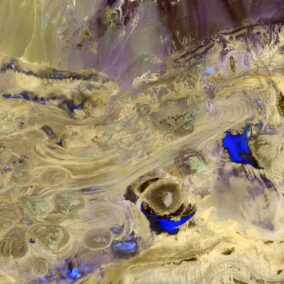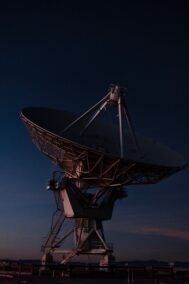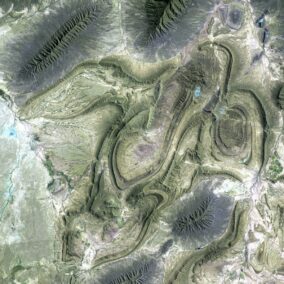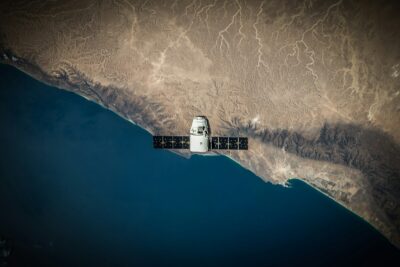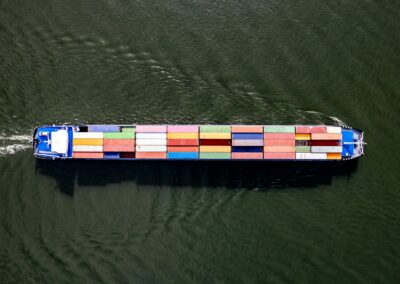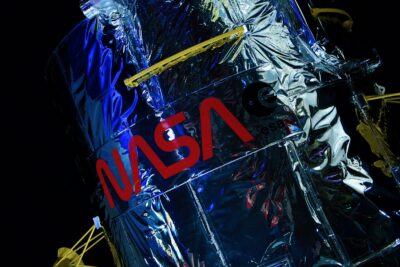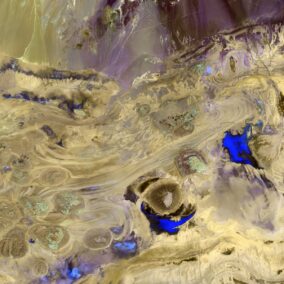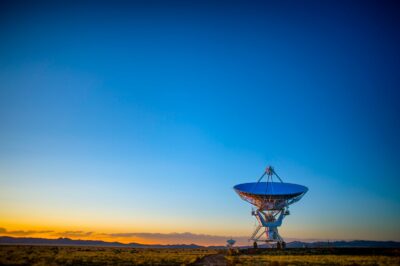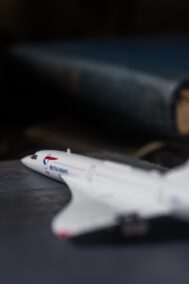Enhancing Aircraft Navigation with Satellite Technology
The Evolution of RNAV and RNP Procedures
Satellite navigation systems have revolutionized aircraft navigation, enabling RNAV (Area Navigation) and RNP (Required Navigation Performance) procedures. These systems utilize a network of satellites to provide accurate positioning information, allowing aircraft to navigate along predefined paths with precision and predictability. For business executives and aviation professionals in Saudi Arabia, the UAE, Riyadh, and Dubai, the adoption of satellite navigation technology is instrumental in enhancing airspace management and ensuring efficient flight operations.
RNAV procedures allow aircraft to navigate using latitude and longitude coordinates, rather than ground-based navigation aids. This flexibility enables more direct routing, reducing flight times and fuel consumption. In contrast, RNP procedures define specific navigation performance requirements that aircraft must meet, ensuring they stay within a defined tolerance of their intended flight path. By integrating RNAV and RNP capabilities, satellite navigation systems offer enhanced navigation precision and reliability, crucial factors for modern airspace management.
The Benefits of Satellite Navigation for Aircraft Operations
The implementation of satellite navigation systems brings numerous benefits to aircraft operations. One key advantage is improved safety through enhanced navigation accuracy. By relying on satellite signals rather than ground-based infrastructure, aircraft can maintain precise positioning even in remote or challenging environments. This is particularly significant for regions like Saudi Arabia and the UAE, where vast desert landscapes and busy airspace necessitate robust navigation solutions.
Furthermore, satellite navigation systems increase airspace capacity by enabling more efficient routing and separation of aircraft. By utilizing RNAV and RNP procedures, air traffic controllers can optimize airspace usage and reduce congestion, leading to smoother and more predictable flight operations. This is crucial for airports like Riyadh and Dubai, which experience high volumes of air traffic and require effective airspace management to support continued growth and development.
Additionally, satellite navigation technology supports environmental sustainability by reducing fuel consumption and emissions. By enabling more direct flight paths and reducing airborne holding patterns, aircraft can operate more efficiently, minimizing their carbon footprint. This aligns with global efforts to mitigate climate change and underscores the importance of adopting innovative technology solutions in aviation.
Future Trends in Satellite Navigation and Aircraft Navigation
Looking ahead, advancements in satellite navigation technology promise further improvements in aircraft navigation and airspace management. The integration of artificial intelligence (AI) and blockchain technology holds particular promise for enhancing the capabilities of satellite navigation systems. AI algorithms can analyze vast amounts of navigation data to optimize flight paths and predict potential conflicts, enhancing safety and efficiency.
Blockchain technology, with its ability to provide secure and transparent data sharing, can enhance the integrity and reliability of satellite navigation information. By creating immutable records of navigation data, blockchain ensures that information remains tamper-proof and trustworthy, critical factors for maintaining the safety and integrity of aviation operations. As Saudi Arabia and the UAE continue to invest in technological innovation, the integration of AI and blockchain with satellite navigation systems will play a pivotal role in shaping the future of aircraft navigation.
In conclusion, satellite navigation systems have transformed aircraft navigation, enabling RNAV and RNP procedures that enhance precision, predictability, and safety. For business executives, mid-level managers, and entrepreneurs in Saudi Arabia, the UAE, Riyadh, and Dubai, embracing satellite navigation technology is essential for staying competitive and ensuring efficient airspace management. By leveraging the benefits of satellite navigation systems, these regions can optimize flight operations, increase airspace capacity, and support sustainable growth in the aviation industry.
Conclusion: Embracing Satellite Navigation for Future Success
The adoption of satellite navigation systems represents a significant milestone in the evolution of aircraft navigation. By enabling RNAV and RNP procedures, these systems offer unprecedented precision and reliability in navigating along predefined paths. For business executives and aviation professionals in Saudi Arabia, the UAE, Riyadh, and Dubai, embracing satellite navigation technology is essential for enhancing airspace management, improving safety, and driving operational efficiency. As the aviation industry continues to evolve, satellite navigation will remain a cornerstone of modern aircraft navigation, supporting sustainable growth and innovation in air transportation.
—
#SatelliteNavigationSystems #RNAV #RNP #AircraftNavigation #SaudiArabia #UAE #Riyadh #Dubai #ArtificialIntelligence #Blockchain #Metaverse #GenerativeAI #ModernTechnology #BusinessSuccess #Leadership #ManagementSkills #ProjectManagement



